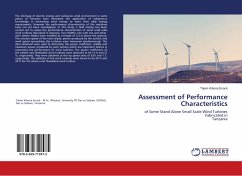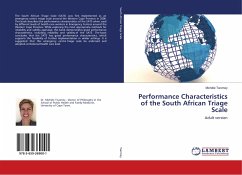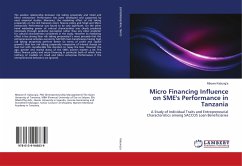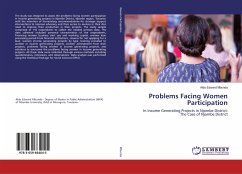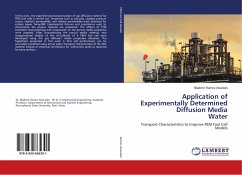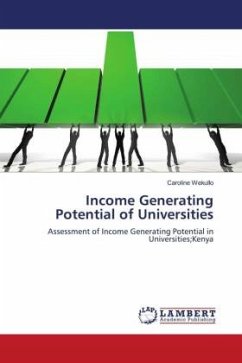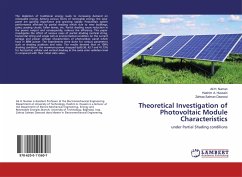The shortage of electric energy and conducive wind environment in some places of Tanzania have motivated the application of indigenous knowledge in harnessing wind energy to meet their daily energy requirements. However the performance characteristics of the machines have not yet been investigated. In this study, a field testing has been carried out to assess the performance characteristics of some small scale wind turbines fabricated in Tanzania. Two HAWTs, one with five and other with sixteen blades were installed at a height of 2.4 m above the ground. The rotation speed of the rotor blade, power produced by the turbine and wind speed aproaching the turbines were measured simultaneously. The data obtained were used to determine the power coeffcient, solidity and maximum power produced by each turbine which are important factors in expressing the performance of wind turbines. The power coeffcients of the sixteen and fivebladed wind turbines were observed to be 14 % and 21 %, respectively. They were obtained at the tip speed ratio of 0.61 and 1.7, respectively. The solidities of the wind turbines were found to be 50 % and 29 % for the sixteen and fivebladed wind turbine.
Bitte wählen Sie Ihr Anliegen aus.
Rechnungen
Retourenschein anfordern
Bestellstatus
Storno

